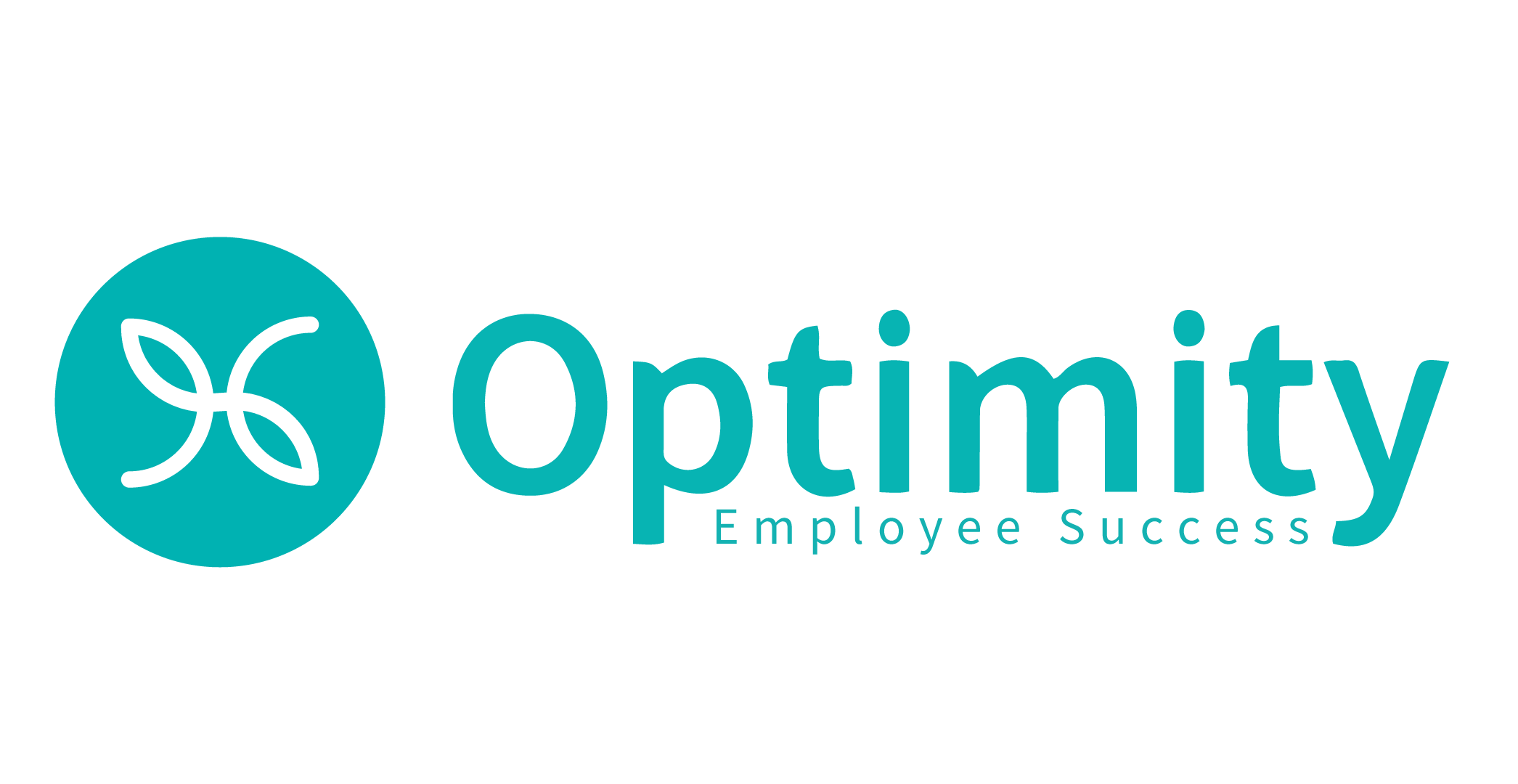TIME STAMP: 4 MINUTE READ Wellness programs can be found in most companies throughout North America...
Why Participation Matters
Many employers have recognized that they can play a vital and influential role in assisting employees live a healthier lifestyle that can prevent costly chronic conditions. Each year employers spend a fortune subsidizing employee healthcare cost and see a lot fewer sick days from employee’s with a higher well-being and healthier lifestyle.
While implementing a wellness program is a no brainer, the most difficult factor is participation. Wellness programs should be carefully designed for the average employee and should be created to ensure that anyone that participates feels welcomed and motivated to make a change. Participation of these programs is a win-win situation for both the employer and employee.
It is imperative that the wellness program targets the right group of employee’s. Anti-selection and adverse risk selection occurs when perfectly healthy employees decide to participate in the wellness program. The claim costs for the less healthy employees are not offset by healthy employees, who usually have no claims. This pushes the average claim higher, which means higher premiums and possibly even lower participation as the affordability of the plan declines.
While it’s great to have your already healthy employee’s participating in the wellness program, most of the company costs actually come from “average” employees, who use 9.3 days of absenteeism each year! They also cost the company 10% more on RX drug claims per year and 6.5% more on health insurance and benefits utilization.
Disease Management programs need to be tailored and cannot be scaled to all employees. Employee’s with the risk of becoming chronically ill should have a wellness program created for them that includes regular physician visits and preventative care check-ups to monitor their health status. The Wellness program administrators should record and analyse results in house and through a third party to ensure that the management program is working and also give the employee a sense of achievement.
The company wellness program must be designed for the “average” employee and achieve at least a 60% participation rate in order to change health and cost outcomes. Employer’s need to know that they are getting value for their investment.
Participation in a wellness program is vital, as it is proven that the more employees you get performing at a better level, the higher their job productivity will be. They also visit the doctor less, have less sick days and also have improved mental state, which can also benefit their colleagues and clients.
 Trista Chan is a Client Services Associate at Optimity. She leverages her education in nutrition and experience in corpoate health to guide organizations in building healthy, engaged employees. Her "me-time" activities include yoga, reading health blogs, cooking....did she mention she likes wellness? Her passion for all things health-related shines through in both her work and personal life.
Trista Chan is a Client Services Associate at Optimity. She leverages her education in nutrition and experience in corpoate health to guide organizations in building healthy, engaged employees. Her "me-time" activities include yoga, reading health blogs, cooking....did she mention she likes wellness? Her passion for all things health-related shines through in both her work and personal life.




